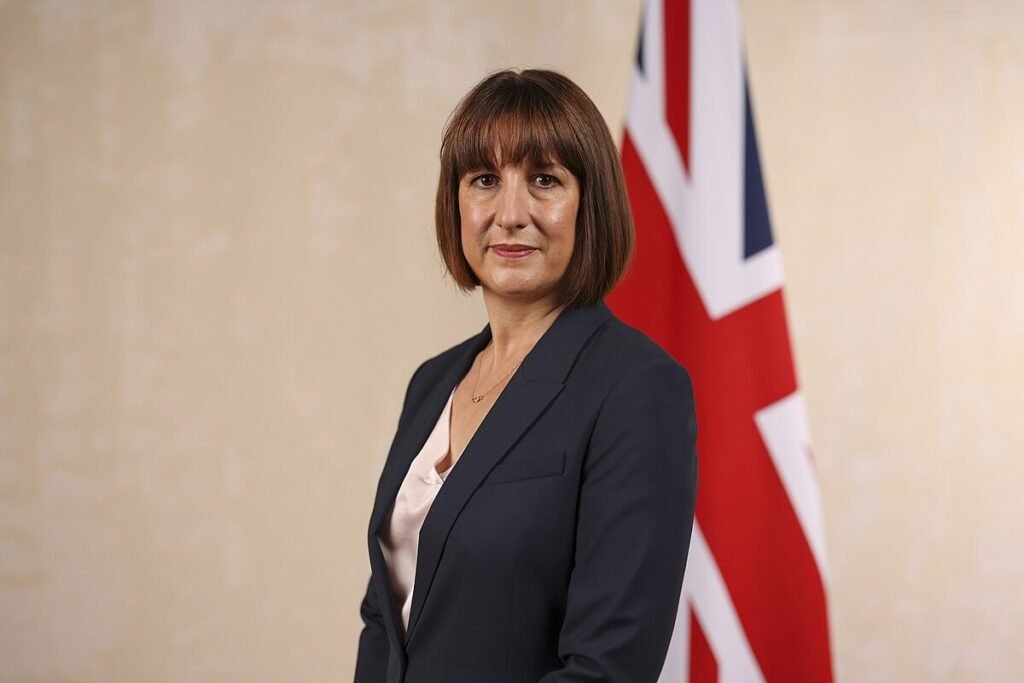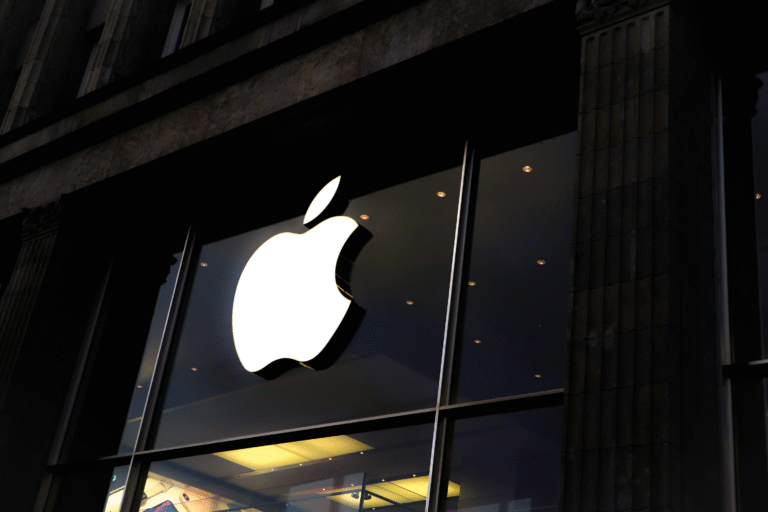The UK’s economic outlook has hit a snag with recent forecasts showing that the country is likely to grow at 1 per cent in 2025, down from earlier estimates. This downward revision is a blow to Chancellor Rachel Reeves’s efforts to stimulate rapid economic growth and support the government’s expansive spending plans.
The latest statistics, published by EY’s winter forecast team, come in the wake of a low-season period characterized by weak performance towards the end of last year. The revised projection of 1 per cent growth for 2025 follows an earlier anticipation of 1.5 per cent growth. Overall economic growth last year was minimal, with growth coming in at 0.8 per cent, which suggested only a slight improvement in the broader momentum of the economy. These forecasts reflect a series of challenging months during the latter half of 2024, when the UK economy experienced uneven performance.

Data over the period presents a rather elaborate observation that business activities were sluggish in the tail end of the year 2024. Indeed, November realized a minimal, bare 0.1 percentage point growth of GDP while its counterpart in the previous month witnessed a drop at the same percent. Actually, the third quarter of 2024 had shown complete stagnation in economic developments as a development to highlight what was going wrong in the respective business and family levels.
While the near term for 2025 seems anemic, it is possible there are some slight rays of optimism that economic activity will slowly rise in the latter years. Expectations are to see the economy gain steam perhaps to a growth rate of 1.6 per cent over GDP by the year 2026. Yet, the reduction in the estimated 2025 number highlights near-term challenges faced by the recovery of the national economy, specifically with the already existing stress in business and consumer confidence.
This downgrade in growth projections comes at a time when businesses are facing a myriad of issues. Many companies are facing additional tax burdens and wage increases that are scheduled to be implemented in April, tightening the financial environment even further. Added to these are continuing inflationary forces, which have kept the CPI inflation rate above the 2 per cent target, averaging at around 2.8 per cent over the coming year. This persistent inflation adds another layer of complexity to an already delicate economic balance.
Against this background, Chancellor Rachel Reeves has been trying to inject optimism into public discourse on economic growth. In an all-encompassing speech she delivered last week, Reeves described a series of ambitious plans set to rejuvenate different parts of the UK. Her proposals combine infrastructure investments with regeneration projects intended to breathe life into areas, from north to south. However, the tempered GDP growth forecast reveals that the implementation of these plans may be tougher than expected despite the bold vision presented by Reeves.
Anna Anthony, EY UK regional managing partner, commented on the economic outlook in a further statement:. She said, “Despite the muted end to 2024, there are indicators that the UK economy may be about to turn a corner and deliver stronger levels of growth this year.” Her optimism is based on the belief that, after a long time of financial uncertainty, improvements in consumer confidence will begin to materialize as real wages continue to rise. According to her, “After a long time of uncertainty over the economy, hopefully, we will see a significant pick-up in consumer morale in the coming year as real wages are expected to continue rising, and many families will feel less of a squeeze by the end of 2025.”
Yet, while there are some grounds for cautious optimism over household sentiment and consumer spending—expected to increase by 1.6 per cent next year—business is being confused. As Anthony continued, “The outlook for UK business is more of a mixed picture. While business investment is set to increase, tightening financial conditions and global trade uncertainty are expected to weigh on private sector confidence in the first half of this year.” This duality projects an economy that is at the crossroads-those who have witnessed consumer-side recovery may enjoy some buoyancy, but the business front poses the challenges for continuation of overall economic momentum.
The implications of these revised forecasts extend beyond just statistics. A tempered growth projection is a reminder to policymakers and business leaders alike: a carefully balanced strategy for the economy remains a constant necessity, especially now that underwhelming performance in late 2024 harks on both short-term vulnerability and long-term structural challenges. Although positive signals abound in the form of rising consumer spending and better real wages, they must be matched by policies that boost business confidence and counteract the external shocks of global trade tensions and fluctuating financial conditions.
The new forecast also requires a rethinking of the measures taken so far to support the economy. The interplay of fiscal policy with business investment and consumer behavior would be critical for the government as it continues rolling out its initiatives to determine if the UK could indeed secure a more robust recovery in the near future. Under the shadow of persistent inflation, efforts to stabilize prices while stimulating growth will be delicate.
Looking ahead, the economic landscape appears set to remain complex and dynamic. The revised outlook for 2025 is both a challenge and an opportunity. The new growth figure on the downside signals that action must be taken to get economic activity back on its feet right now. At the same time, it highlights the potential for a rebound as market conditions change and as confidence among consumers and investors improves over time. This positive trend is, however, slowly projected to rise to 2026, giving hope that the measures being put in place might start to yield fruit in the medium term.
In a nutshell, the downgraded growth forecast is a rude awakening that the road to economic recovery is seldom linear. At such a time when business investment appears to face headwinds, and the financial pressures could still ease and directly benefit the household sector, much will depend on concerted efforts along multiple fronts over the coming year. Revised projections challenge the ambition of Chancellor Reeves but more important, put more emphasis on both short-term concern and longer-run economic objectives. The interplay between policy, consumer confidence, and global market conditions will characterize the determining factors for the nation’s course of economic trajectory in the coming months and years.








